How to Choose the Best Plastic Container for Your Storage Needs
In today's storage and organization landscape, choosing the right plastic container can significantly enhance efficiency and productivity. According to a recent report by Freedonia Group, the U.S. demand for plastic containers is projected to reach $54 billion by 2024, driven by the growth of e-commerce and increased consumer preference for lightweight, durable packaging solutions. With a variety of materials, sizes, and designs available, selecting the best plastic container for your storage needs is crucial for maximizing space and protecting your items.
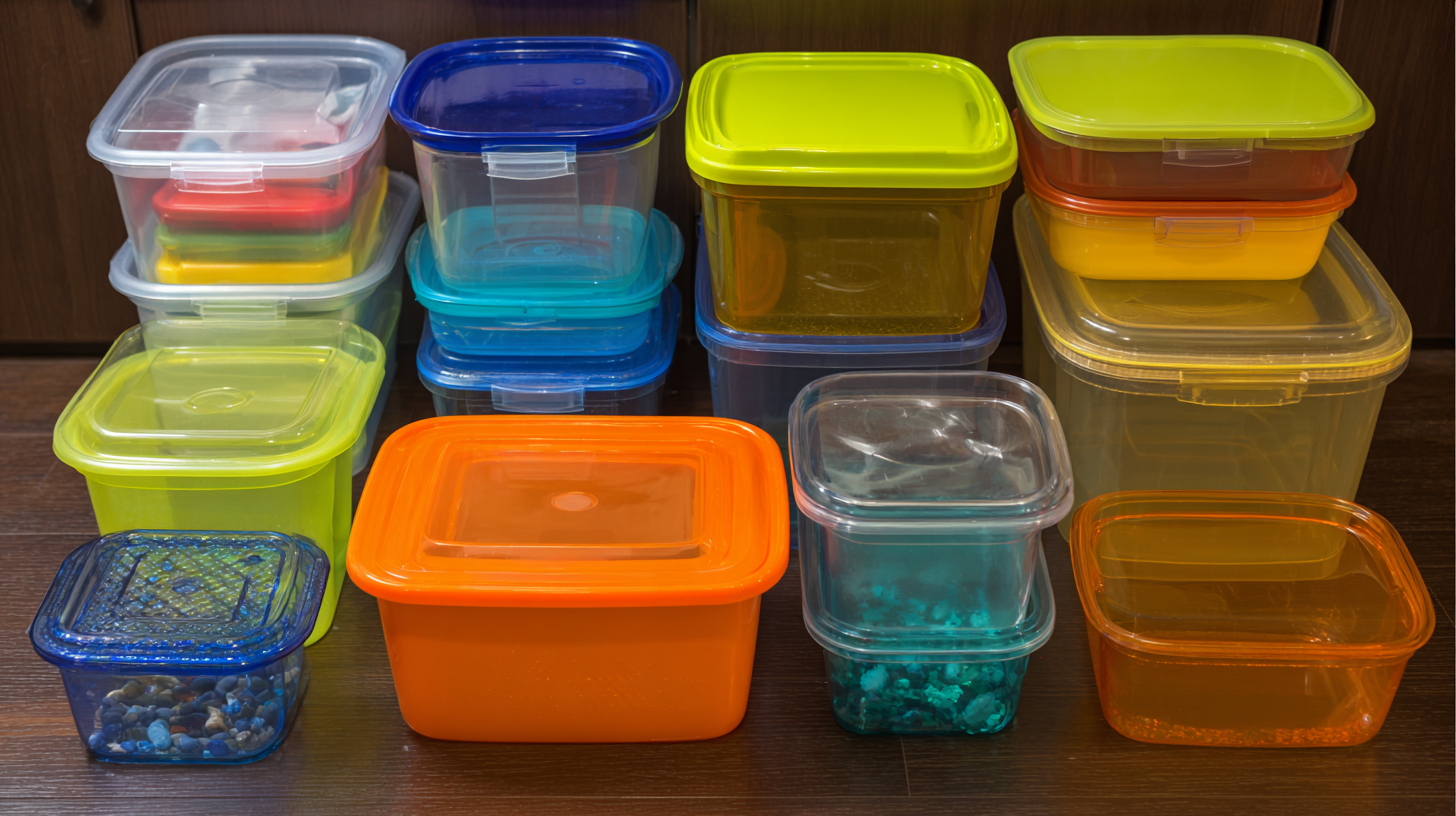
The versatility of plastic containers enables their use across various sectors, from food storage to industrial applications, making them an essential component of modern storage solutions. Understanding the key factors in choosing the ideal plastic container can help you make informed decisions that align with your specific requirements and enhance your organizational efforts.
Understanding Different Types of Plastic Materials and Their Storage Capabilities
When selecting the best plastic container for your storage needs, understanding the different types of plastic materials is essential. Plastics are categorized into several types, with the most common being PET (Polyethylene Terephthalate), HDPE (High-Density Polyethylene), and PP (Polypropylene). According to a report by the Plastics Industry Association, over 30% of all plastics produced globally are used for packaging, making it vital to choose the right type for durability and safety.
PET is popular for food storage due to its strength and resistance to impact. It is also recyclable, making it an environmentally friendly choice. On the other hand, HDPE offers excellent resistance to moisture and chemicals, making it suitable for both food and non-food items. A study from the American Chemistry Council highlights that HDPE can be recycled multiple times without significant degradation, providing a sustainable solution for long-term storage. Conversely, PP is extremely versatile and can withstand higher temperatures, making it ideal for containers that require sterilization. By carefully selecting the appropriate plastic material based on its characteristics and application, users can optimize their storage solutions while ensuring the safety and longevity of their items.
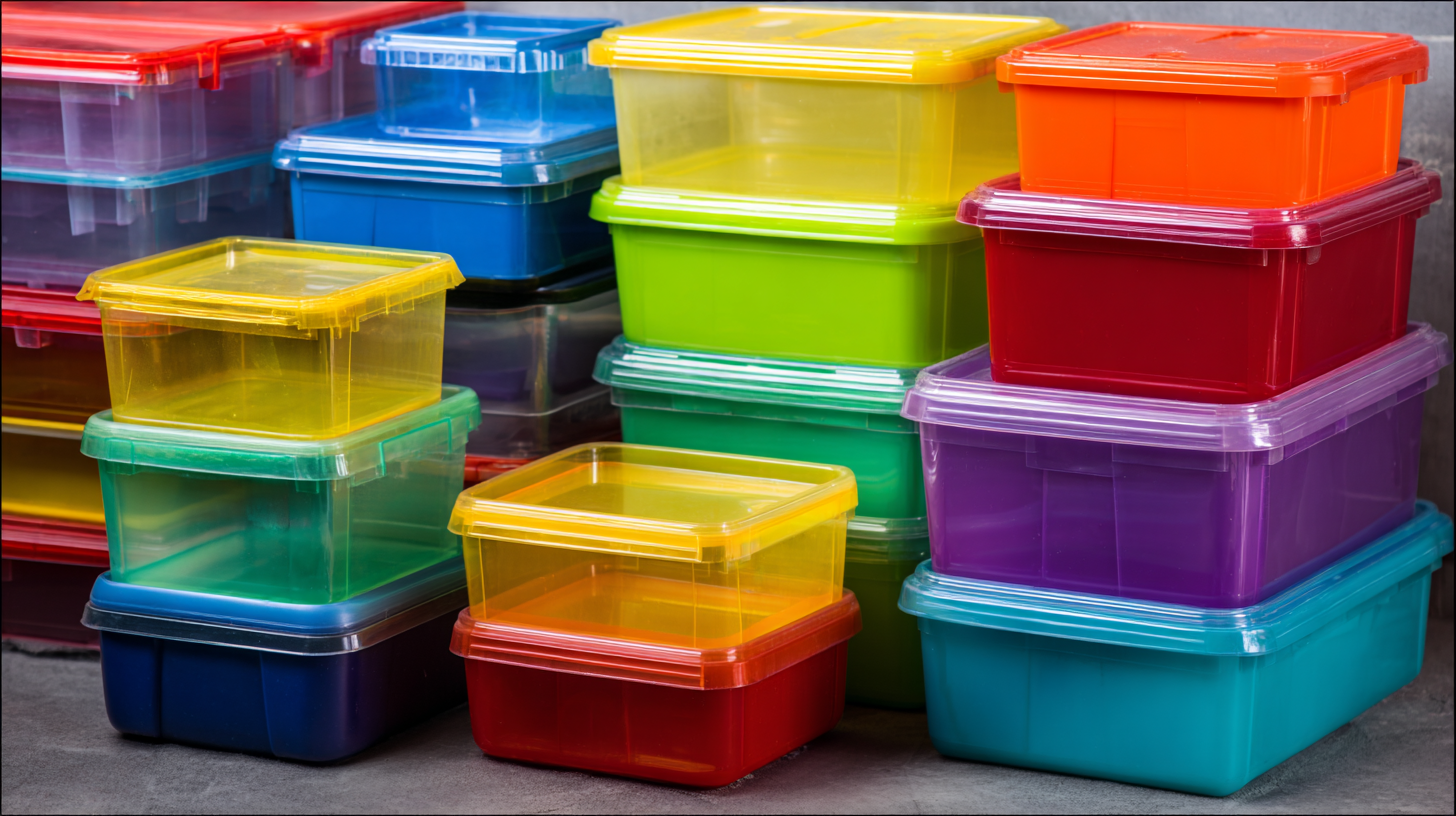
Assessing the Impact of Plastic Container Size on Efficient Storage Solutions
When selecting plastic containers for efficient storage solutions, one of the most critical factors to consider is the size of the containers. The ideal size depends on the items you intend to store. Large, bulky items require spacious containers, while smaller items might benefit from more compact options. It's essential to assess not only the dimensions of the containers but also the dimensions of the storage space available. Measuring your storage area ensures that the containers fit appropriately without wasting valuable space.
Moreover, the size of the plastic container influences the organization within your storage area. Utilizing appropriately sized containers can help maximize vertical and horizontal space, making it easier to categorize and access items. For example, stacking smaller containers can create an organized and visually appealing system, whereas oversized containers may lead to disarray if not monitored closely. Ultimately, understanding the relationship between container size and storage efficiency is crucial for achieving an orderly and functional storage solution.
How to Choose the Best Plastic Container for Your Storage Needs - Assessing the Impact of Plastic Container Size on Efficient Storage Solutions
| Container Size (L) | Ideal Use Case | Dimensions (cm) | Material Type | Stackable |
|---|---|---|---|---|
| 0.5 | Small items, snacks | 15 x 10 x 8 | Polypropylene | Yes |
| 1.5 | Lunchboxes, meal prep | 18 x 14 x 10 | Polycarbonate | Yes |
| 5 | Bulk storage, toys | 30 x 20 x 25 | High-density polyethylene | Yes |
| 10 | Clothes, linens | 40 x 30 x 30 | Recyclable plastic | Yes |
| 20 | Seasonal items, garden supplies | 60 x 40 x 40 | Polyethylene | No |
Evaluating the Safety and Suitability of BPA-Free Containers for Food Storage
When selecting plastic containers for food storage, evaluating their safety and suitability is crucial, particularly regarding BPA (Bisphenol A). Numerous studies have raised concerns about the potential health risks associated with BPA exposure, a chemical commonly found in polycarbonate plastics and epoxy resins. The National Institutes of Health (NIH) reports that BPA can leach into food and beverages, leading to potential endocrine disruptions. This has prompted a significant shift in consumer preferences toward BPA-free alternatives.
According to a survey conducted by the Plastics Industry Association, more than 70% of consumers express a preference for BPA-free containers when storing food items. This shift is largely driven by a growing awareness of health risks linked to BPA, alongside an increasing availability of BPA-free options in the market. Research indicates that BPA-free containers are often made from safer materials like polypropylene and polyethylene, which do not exhibit the same health risks. Choosing these containers not only ensures safer food storage but also contributes to a more environmentally conscious lifestyle, as many BPA-free options are also recyclable.
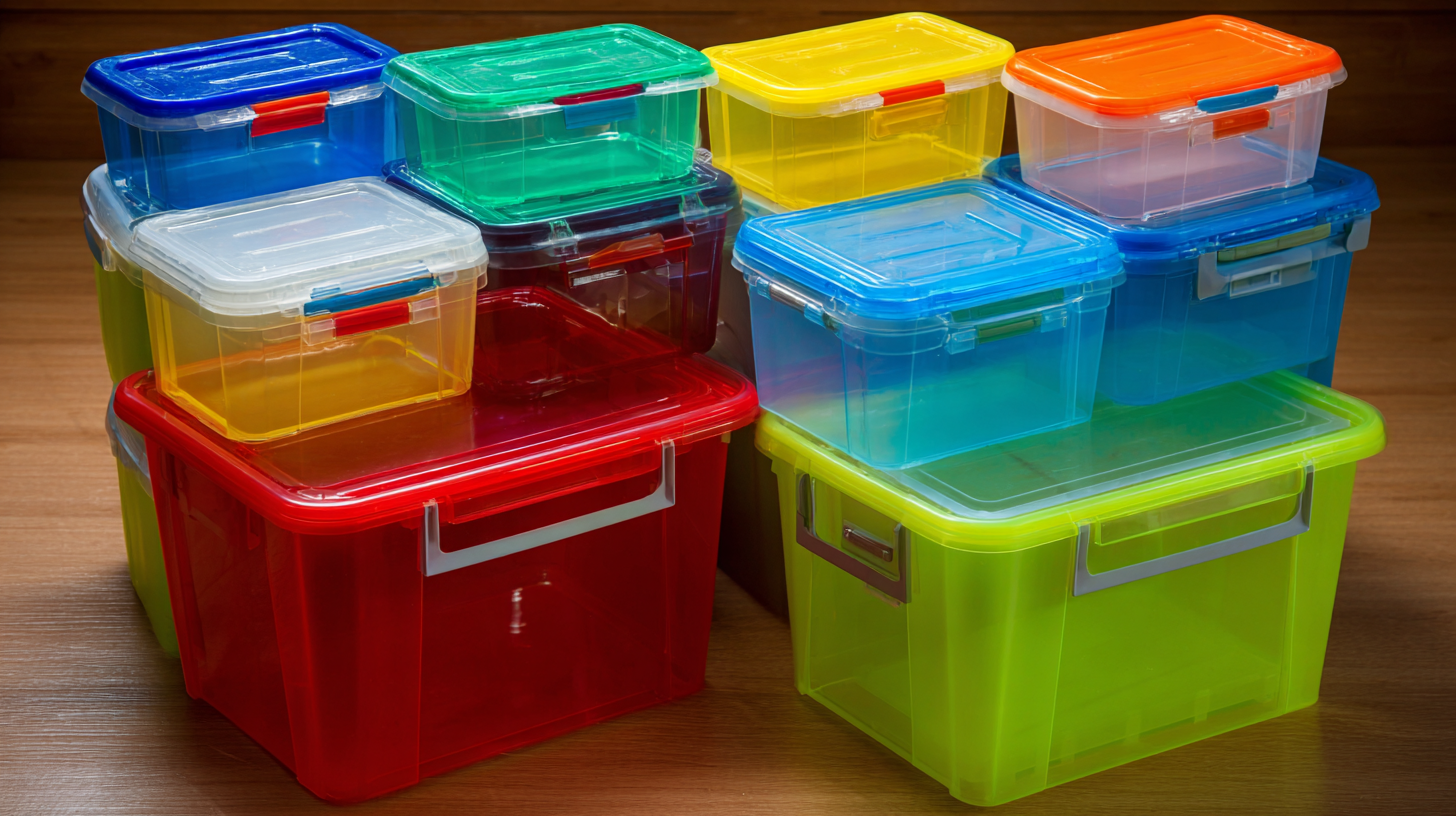
Comparing the Durability and Longevity of Various Plastic Container Designs
When choosing a plastic container for storage, the durability and longevity of various designs play a crucial role in ensuring that your items remain protected over time. Containers made from high-density polyethylene (HDPE) are known for their strength and resistance to impact, making them ideal for heavy-duty use. In contrast, polypropylene containers offer excellent chemical resistance and are perfect for storing items that may be affected by harsh substances. Understanding the differences in material can significantly influence your choice of container based on what you plan to store.
Tips: Consider the storage conditions — if your containers will be exposed to extreme temperatures, opt for those made from materials specifically designed for such conditions. Look for containers with reinforced corners and locking mechanisms to enhance durability, especially for items that you need to transport. Additionally, always check for BPA-free labels to ensure safety for food storage.
Some containers come with varying lid designs, which can also affect longevity. Snap-on lids provide a secure closure, while screw-top lids are better for preventing leaks. Choose containers with UV-stabilized materials if they will be stored outdoors, as this feature helps to prevent degradation from sunlight exposure. By carefully evaluating these factors, you can select the right plastic container that meets your storage needs effectively.
Identifying Essential Features for Choosing Versatile and Stackable Storage Options
When it comes to choosing the best plastic container for your storage needs, it's crucial to focus on essential features that enhance versatility and stackability. Look for containers that offer airtight seals to protect contents from pests and moisture, especially when storing food items. For instance, selecting a container with a wide mouth makes filling and accessing contents easy, as well as ensuring thorough cleaning.
Tips for selecting versatile plastic storage containers include considering the material's durability and whether the container is BPA-free for safety. Additionally, opt for stackable designs to maximize space efficiency, particularly in kitchens or storage areas. Containers with clear sides allow for easy visibility of contents, facilitating quick access and organization.
Furthermore, prioritize containers that are dishwasher-safe for effortless cleaning. Versatile sizes can accommodate a variety of items, making them suitable for everything from dog food to kitchen staples. By focusing on these essential features, you can ensure you choose plastic containers that meet your storage needs effectively.
Plastic Container Storage Needs Comparison
Related Posts
-
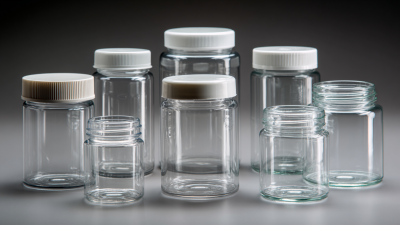
Global Excellence in Manufacturing Small Plastic Containers A Testament to Chinese Pride and Worldwide Reach
-

Challenges with Storing and Transporting Small Plastic Containers
-

What are the Benefits of Using Plastic Containers in Everyday Life
-
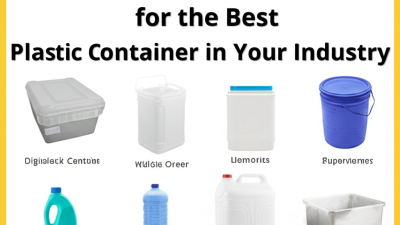
How to Identify Top Suppliers for the Best Plastic Container in Your Industry
-
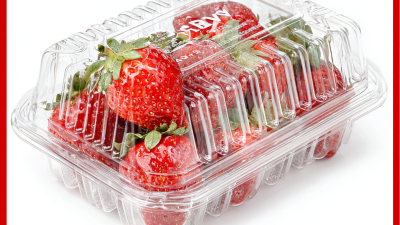
7 Best Plastic Clamshell Containers for Global Buyers in 2023
-
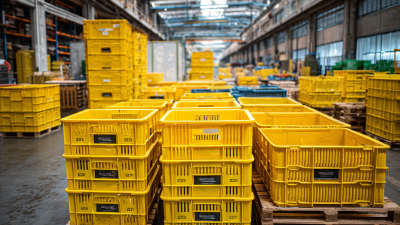
Top Strategies for Maximizing Efficiency in Plastic Container Production
